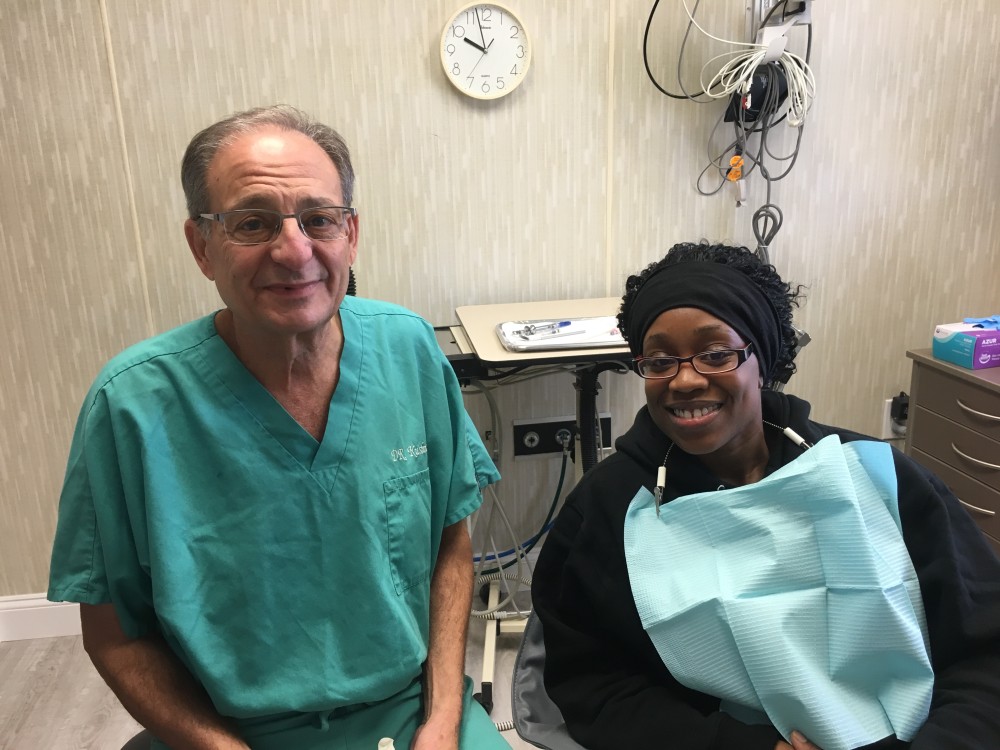Dental Implants
What are Dental Implants?
The implants themselves are titanium posts, which are placed into the jawbone where teeth are missing. These anchors act as a tooth root substitute. These posts will bond with your bone, creating a strong foundation for tooth replacement.
Placement of Dental Implant
In most situations, the implants are placed within your jawbone. For the first three to six months following surgery, the implants are beneath the surface of the gums gradually bonding with the jawbone. During this phase, a temporary replacement is usually an option.
After the implant has bonded to the jawbone, the second phase begins. The doctor will uncover the implants and attach small posts, which will act as anchors for your new teeth. The entire procedure usually takes six to eight months. Most patients experience minimal disruption in their daily life.
Surgical Advances – Single of Multiple Tooth Replacement
Using the most recent advances in dental implant technology, Dr. Kushner is able to place the dental implant and temporary crown in one visit. After the healing phase, the final restoration can be placed. There are even situations where the implants can be placed at the same time as a tooth extraction – further minimizing the number of dental procedures. Advances in dental implant technology have made it possible, in select cases, to extract teeth and place implants with crowns at one visit. This procedure is called “immediate placement,” which greatly simplifies the procedure.
Who actually performs the implant placement?
Dr. Kushner, the oral surgeon performs the actual implant surgery, tooth extractions and bone grafting if necessary, and fabricates the prosthesis.
What types of prostheses are available?
A single prosthesis (crown) is used to replace one missing tooth – each prosthetic tooth attaches to its own implant. A partial prosthesis (fixed bridge) can replace two or more teeth and may require only two or three implants. A complete dental prosthesis replaces all the teeth in your upper or lower jaw. The number of implants varies depending upon which type of complete prosthesis (removable or fixed) is recommended.
Why would you select dental implants over more traditional types of restorations?
There are several reasons: Why sacrifice a good tooth to bridge a space? A replacement can be achieved without altering your healthy teeth. Dental implants with tooth replacement are more comfortable, functionable and esthetic than the old fashioned denture.
Are you a candidate for implants?
If you are considering implants, your mouth must be examined thoroughly and your medical and dental history reviewed. A CT scan is available on premises to help evaluate your particular situation.
What type of anesthesia is used?
The majority of dental implants are performed in our office under local anesthesia, however, sedation or general anesthesia is available at the office or in a hospital setting.
Do Implants need special care?
Once the implants are in place, they will serve you well for many years if you take care of them and keep your mouth healthy. This means taking the time for good oral hygiene (brushing and flossing) and keeping regular appointments with your dental specialists.
SCHEDULING APPOINTMENTS
To make an appointment, simply call us @609 585-6161
Mon-Fri 8:30 AM-5 PM
Sat & Sun – Closed


